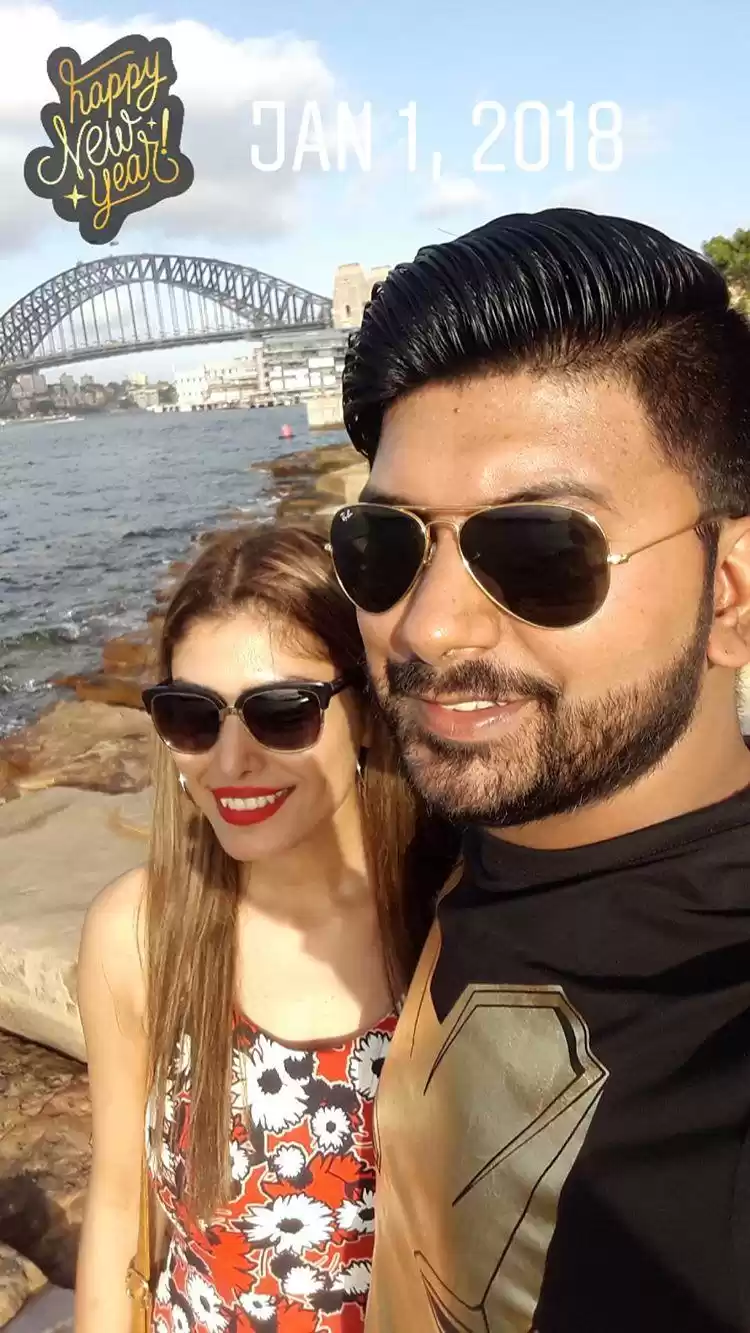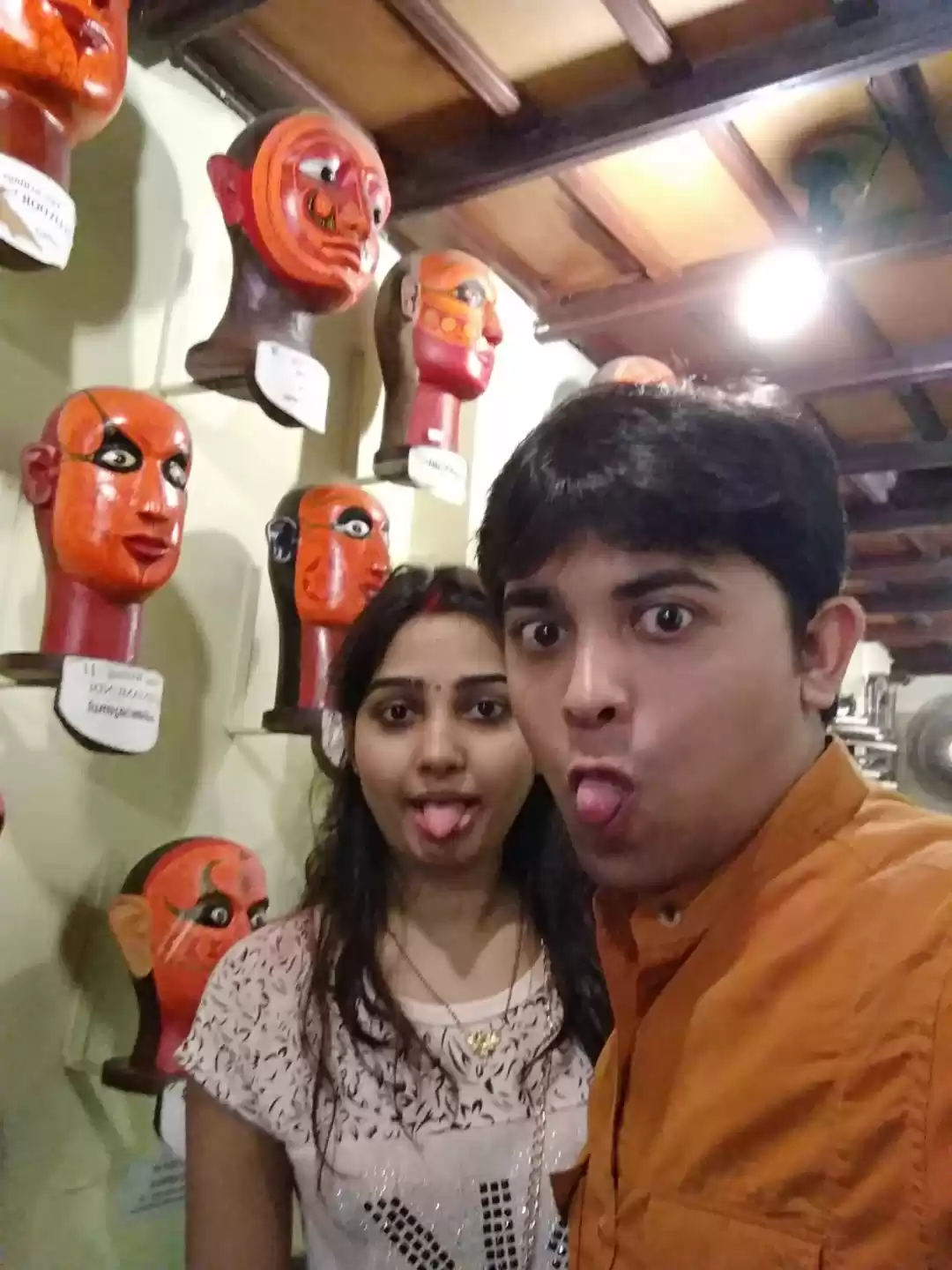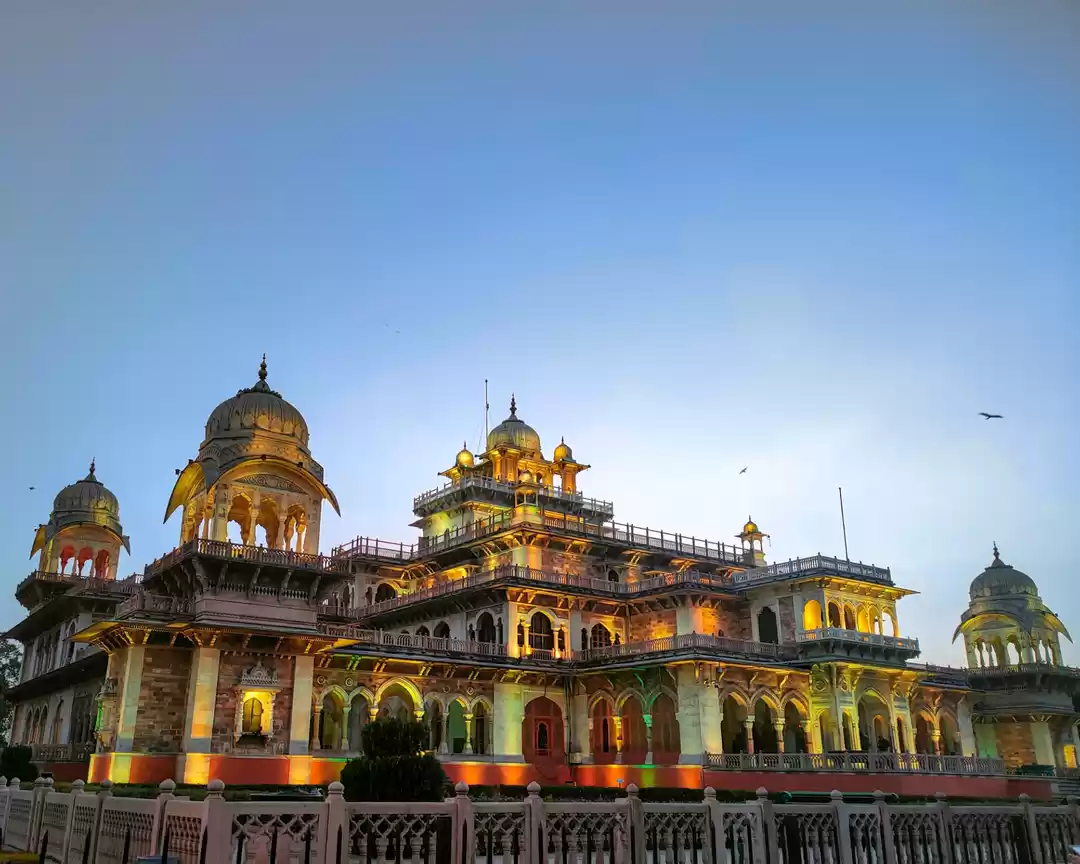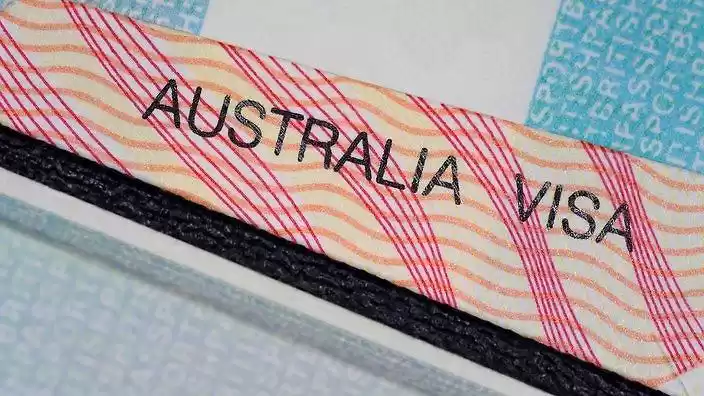Are you looking for a place to explore the natural and cultural wonders of Australia and beyond? Do you want to discover the fascinating stories of science, history, and art that shape our world? If yes, then you should visit the Australian Museum, the oldest museum in Australia and one of the most renowned museums in the world.
The Australian Museum is a treasure trove of knowledge and inspiration, where you can see, learn, and experience the amazing diversity and evolution of life on Earth. From ancient fossils and dinosaurs to modern wildlife and cultures, from stunning exhibitions and events to engaging education and research, the Australian Museum has something for everyone.
In this article, we will give you the ultimate guide to the Australian Museum, covering everything you need to know before you go, such as its location, opening hours, admission fees, exhibitions, events, collections, research, education, and history. We will also provide you with some tips and recommendations on how to make the most of your visit, such as the best time to visit, the places nearby, the places to stay, and the activities or experiences to enjoy.
Whether you are a local or a tourist, a family or a solo traveller, a couple or a group, the Australian Museum will surely delight and inspire you with its rich and diverse offerings. So, what are you waiting for? Read on and plan your visit to the Australian Museum today!
What’s on at the Australian Museum
One of the main attractions of the Australian Museum is its impressive array of exhibitions and events, which showcase the museum’s collections and research in an interactive and immersive way. You can explore the museum’s permanent and temporary exhibitions, which cover a wide range of topics and themes, such as natural history, anthropology, art, and innovation. You can also join the museum’s events, which include lectures, workshops, tours, festivals, and performances, which cater to different interests and audiences.

Some of the current and upcoming exhibitions and events at the Australian Museum are:
Ramses & the Gold of the Pharaohs: This is a blockbuster exhibition that features more than 150 artefacts from ancient Egypt, including gold jewellery, statues, sarcophagi, and mummies. You can learn about the life and legacy of Ramses II, one of the most powerful and celebrated pharaohs in history, and his impact on the world. This exhibition is on until May 2024, and you need to book a ticket in advance to secure your entry.
Accessibility and inclusion: The Australian Museum is committed to making its exhibitions and events accessible and inclusive for all visitors, regardless of their abilities, backgrounds, or preferences. You can find a range of services and facilities at the museum, such as wheelchair access, hearing loops, tactile maps, large print guides, audio descriptions, and multilingual information. You can also join the museum’s accessibility and inclusion programs, such as Auslan tours, sensory tours, and dementia-friendly tours, which are designed to enhance your visit and cater to your specific needs.
Parking and public transport: The Australian Museum is located in the heart of Sydney, on the corner of College Street and William Street. You can easily reach the museum by public transport, such as bus, train, light rail, or ferry. You can also park your car at the nearby Wilson Parking station, which offers discounted rates for museum visitors. You can find more information about the parking and public transport options on the museum’s website.
Food and drinks: If you are feeling hungry or thirsty during your visit, you can head to the museum’s café, which offers a variety of snacks, drinks, and meals, such as sandwiches, salads, cakes, coffee, and tea. You can also enjoy the stunning views of Hyde Park and St Mary’s Cathedral from the café’s balcony. Alternatively, you can bring your own food and drinks and have a picnic at the museum’s garden, which features a pond, a fountain, and a sculpture.
Education and group bookings: The Australian Museum is a great place to learn and have fun, whether you are a student, a teacher, or a group organiser. You can book a school excursion, an online learning session, a teacher professional development workshop, or an outreach program, which are aligned with the curriculum and cater to different levels and subjects. You can also book a group visit, which offers discounted rates and guided tours for groups of 10 or more people. You can find more information about the education and group bookings on the museum’s website.
Multilingual visit information: The Australian Museum welcomes visitors from all over the world, and provides multilingual visit information to help them enjoy their visit. You can find information in different languages, such as Chinese, Japanese, Korean, Arabic, and Spanish, on the museum’s website, app, and audio guides. You can also join the museum’s multilingual tours, which are led by volunteer guides who speak different languages, such as Mandarin, Cantonese, French, and Italian.
Australian Museum venue hire: The Australian Museum is not only a place to visit, but also a place to host your own events, such as weddings, birthdays, conferences, or meetings. You can hire the museum’s venues, which include the Grand Hall, the Hallstrom Theatre, the Westpac Long Gallery, and the Rooftop Terrace, which offer stunning views and unique settings for your events. You can also hire the museum’s catering, audiovisual, and entertainment services, which will make your events memorable and successful.
Australian Museum Visitor Map: To help you navigate the museum and plan your visit, you can download or pick up the Australian Museum Visitor Map, which shows the layout and location of the museum’s exhibitions, events, facilities, and services. You can also use the museum’s app, which offers interactive maps, audio guides, and augmented reality features, which will enhance your visit and make it more fun and informative.
Audio guides of exhibitions: To enrich your experience and understanding of the museum’s exhibitions, you can use the museum’s audio guides, which offer commentary, stories, and insights from the museum’s curators, experts, and artists. You can access the audio guides on the museum’s app, website, or on-site devices, which are available in different languages, such as English, Chinese, Japanese, Korean, Arabic, and Spanish.
As you can see, there is so much to see and do at the Australian Museum, and you will never run out of options and opportunities to learn and enjoy. So, don’t miss out on the chance to visit the Australian Museum, and book your ticket today!
Australian Museum collections
One of the main attractions of the Australian Museum is its extensive and diverse collections, which span across various fields and disciplines, such as vertebrate and invertebrate zoology, mineralogy, palaeontology, anthropology, and archaeology. The museum’s collections are not only a source of beauty and wonder, but also a source of knowledge and discovery, as they reveal the secrets and stories of the natural and cultural world.

The Australian Museum collections are among the largest and most comprehensive in the world, with over 21 million specimens and objects, dating from the ancient to the modern times, and representing the flora, fauna, and cultures of Australia and beyond. The museum’s collections are also among the most valuable and significant in the world, as they include many rare and unique items, such as name-bearing type specimens, which are the original specimens used to describe and name new species, and First Nations cultural materials, which reflect the rich and diverse heritage and identity of the Aboriginal and Torres Strait Islander peoples of Australia.
Some of the highlights of the Australian Museum collections are:
Vertebrate Zoology: This collection contains over 1 million specimens of vertebrate animals, such as mammals, birds, reptiles, amphibians, and fish, from Australia and around the world. The collection includes many iconic and endangered species, such as the platypus, the koala, the cassowary, the crocodile, and the shark. The collection also includes many specimens collected by famous explorers and naturalists, such as Charles Darwin, Joseph Banks, and Ludwig Leichhardt.
Invertebrate Zoology: This collection contains over 15 million specimens of invertebrate animals, such as insects, spiders, worms, crustaceans, molluscs, and corals, from Australia and around the world. The collection includes many diverse and fascinating species, such as the giant squid, the blue-ringed octopus, the peacock spider, the velvet worm, and the sea star. The collection also includes many specimens collected by pioneering researchers and expeditions, such as Alfred Russel Wallace, William Macleay, and the Great Barrier Reef Expedition.
Mineralogy: This collection contains over 70,000 specimens of minerals, rocks, meteorites, and tektites, from Australia and around the world. The collection includes many beautiful and rare specimens, such as the opal, the diamond, the emerald, the ruby, and the sapphire. The collection also includes many specimens with scientific and historical significance, such as the Murchison meteorite, the Tektite from the Apollo 11 mission, and the oldest rock on Earth.
Palaeontology: This collection contains over 200,000 specimens of fossils, from Australia and around the world. The collection includes many ancient and extinct species, such as dinosaurs, megafauna, marine reptiles, and trilobites. The collection also includes many specimens that reveal the evolution and history of life on Earth, such as the oldest fossil of a multicellular organism, the oldest fossil of a land animal, and the oldest fossil of a mammal.
Anthropology: This collection contains over 60,000 specimens of cultural materials, from Australia and around the world. The collection includes many items that reflect the diversity and creativity of human cultures, such as weapons, tools, clothing, jewellery, masks, and sculptures. The collection also includes many items that represent the heritage and identity of the First Nations peoples of Australia, such as boomerangs, didgeridoos, bark paintings, and ceremonial objects.
Archaeology: This collection contains over 10,000 specimens of archaeological materials, from Australia and around the world. The collection includes many items that reveal the past and present of human societies, such as pottery, coins, beads, bones, and shells. The collection also includes many items that illustrate the history and archaeology of the Australian Museum, such as the Hyde Park Barracks collection, the Sirius collection, and the College Street collection.
Expeditions and fieldwork
Another attraction of the Australian Museum is its adventurous and innovative expeditions and fieldwork, which take the museum’s collections and research to the field, where they can explore, document, and study the biodiversity and culture of various regions and habitats. You can follow, join, and support the museum’s expeditions and fieldwork, which cover a wide range of topics and themes, such as marine science, wildlife genomics, and citizen science.
Some of the expeditions and fieldwork conducted by the Australian Museum are:
Lizard Island Research Station: This is a world-class research facility located on the Great Barrier Reef, where the museum’s scientists and researchers conduct studies on the coral reef ecology, biology, and conservation. You can visit the research station, which offers accommodation, laboratories, boats, and equipment for visitors and researchers. You can also join the research station’s programs, such as the Lizard Island Doctoral Fellowships, the Lizard Island Reef Research Foundation, and the Lizard Island Field Guide, which offer opportunities and support for research and education.
FrogID: This is a citizen science project that aims to identify and map the frogs of Australia, using a smartphone app that records and uploads frog calls. You can participate in the project, which helps the museum’s scientists and researchers to monitor and conserve the frogs, which are vital indicators of environmental health and biodiversity. You can also join the project’s programs, such as the FrogID Week, the FrogID Schools, and the FrogID Stories, which offer incentives and rewards for participation and learning.
Australian Centre for Wildlife Genomics: This is a state-of-the-art research centre that uses DNA and genomics to study and conserve the wildlife of Australia and beyond. You can learn about the centre’s research, which covers a wide range of topics and themes, such as wildlife forensics, species discovery, population genetics, and disease management. You can also support the centre’s research, which relies on donations, grants, and collaborations, to advance the science and conservation of wildlife.
The Australian Museum is the oldest museum in Australia and one of the most renowned museums in the world, where you can explore the natural and cultural wonders of Australia and beyond. You can visit the museum’s exhibitions and events, which showcase the museum’s collections and research in an interactive and immersive way. You can also follow the museum’s news and stories, which keep you updated and informed about the museum’s discoveries, acquisitions, fieldwork findings, and awards. You can also join the museum’s educational resources and programs, which offer practical and inspiring training and support for teachers and students. You can also browse the museum’s animal factsheets, which provide information and images of various animals. You can also support the museum’s expeditions and fieldwork, which take the museum’s collections and research to the field, where they can explore, document, and study the biodiversity and culture of various regions and habitats.
The Australian Museum is a treasure trove of knowledge and inspiration, where you can see, learn, and experience the amazing diversity and evolution of life and culture on Earth. Whether you are a local or a tourist, a family or a solo traveller, a couple or a group, the Australian Museum will surely delight and inspire you with its rich and diverse offerings. So, what are you waiting for? Plan your visit to the Australian Museum today, and discover the secrets and stories that shape our world!
Thank you for reading this article, and we hope you enjoyed it. If you have any feedback, comments, or questions, please feel free to share them with us. We would love to hear from you!


















